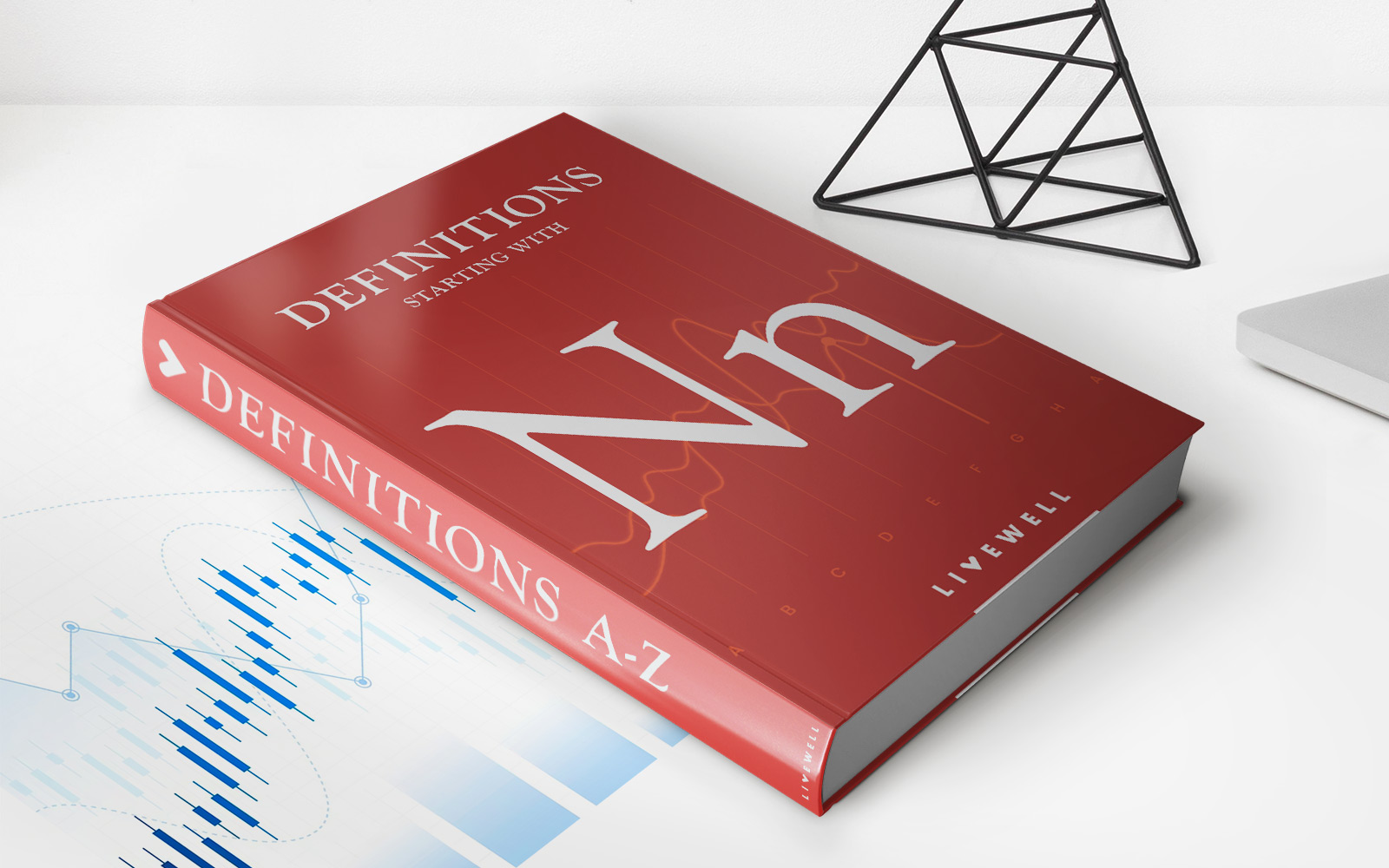Home>Finance>Positive Correlation: Definition, Measurement, Examples


Finance
Positive Correlation: Definition, Measurement, Examples
Published: January 9, 2024
Looking to understand positive correlations in finance? Learn the definition, measurement techniques, and explore examples in this comprehensive guide.
(Many of the links in this article redirect to a specific reviewed product. Your purchase of these products through affiliate links helps to generate commission for LiveWell, at no extra cost. Learn more)
Positive Correlation: Definition, Measurement, Examples
Welcome to the “Finance” category of our blog! In this post, we will explore the concept of positive correlation – a key concept in the world of finance. Understanding positive correlation is crucial for making informed investment decisions and managing risk effectively. So, let’s dive in and explore what positive correlation is, how it is measured, and some examples to illustrate its practical application.
Key Takeaways:
- Positive correlation indicates that two variables move in the same direction.
- Correlation coefficients measure the strength and direction of the relationship between variables.
What is Positive Correlation?
Positive correlation refers to a statistical relationship between two variables where both variables move in the same direction. In other words, when one variable increases, the other variable also tends to increase, and when one variable decreases, the other variable also tends to decrease. This positive relationship can be identified through data analysis and is useful for predicting how changes in one variable can affect the other.
When studying positive correlation, it is essential to acknowledge that correlation does not imply causation. Even though two variables may exhibit a positive correlation, it does not necessarily mean that one variable directly causes changes in the other. It simply suggests that there is a consistent pattern of association between the variables.
Measuring Positive Correlation
Correlation is commonly measured using correlation coefficients. In the case of positive correlation, the correlation coefficient has a value between 0 and +1. A correlation coefficient of +1 indicates a perfect positive correlation, meaning that the relationship between the variables is strong and follows a precise pattern. On the other hand, a correlation coefficient closer to zero indicates a weaker positive correlation.
It is important to note that correlation coefficients only provide information about the strength and direction of the relationship between variables. They do not reveal any details about the cause-and-effect relationship.
Examples of Positive Correlation
Positive correlation can be found in various financial and economic scenarios. Here are a few examples:
- Stock prices and company earnings: Generally, when a company’s earnings increase, its stock price tends to rise as well. This positive correlation reflects investors’ confidence in the company’s financial performance.
- Interest rates and inflation: As interest rates increase, borrowing becomes more expensive, and this can lead to a decrease in consumer spending, causing inflationary pressures to subside. This positive correlation helps central banks manage inflation.
- Education and income levels: Studies have shown a positive correlation between education levels and income. Higher levels of education often lead to better job opportunities and higher pay.
These examples illustrate how positive correlation plays a significant role in finance and economics, guiding decision-making and risk management strategies.
In Conclusion
Positive correlation is an essential concept to understand in the world of finance. It highlights the relationship between two variables moving in the same direction. By measuring the strength and direction of this relationship through correlation coefficients, investors and analysts can make more informed decisions and better predict how changes in one variable can impact the other.
Remember, positive correlation does not imply causation, and careful analysis is always required to interpret the data accurately. Nonetheless, acknowledging and utilizing positive correlation can be a valuable tool in navigating the complex and ever-changing world of finance.














